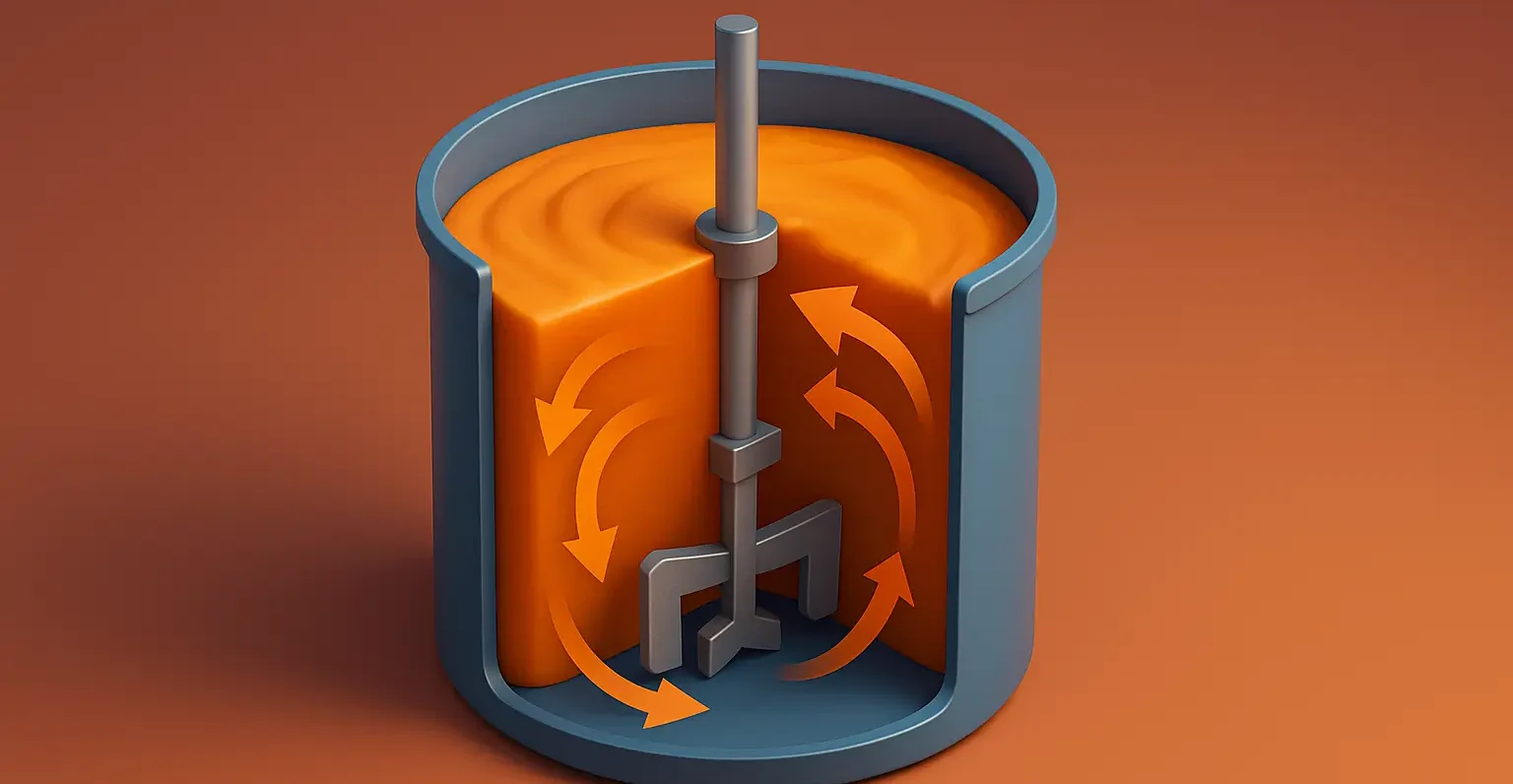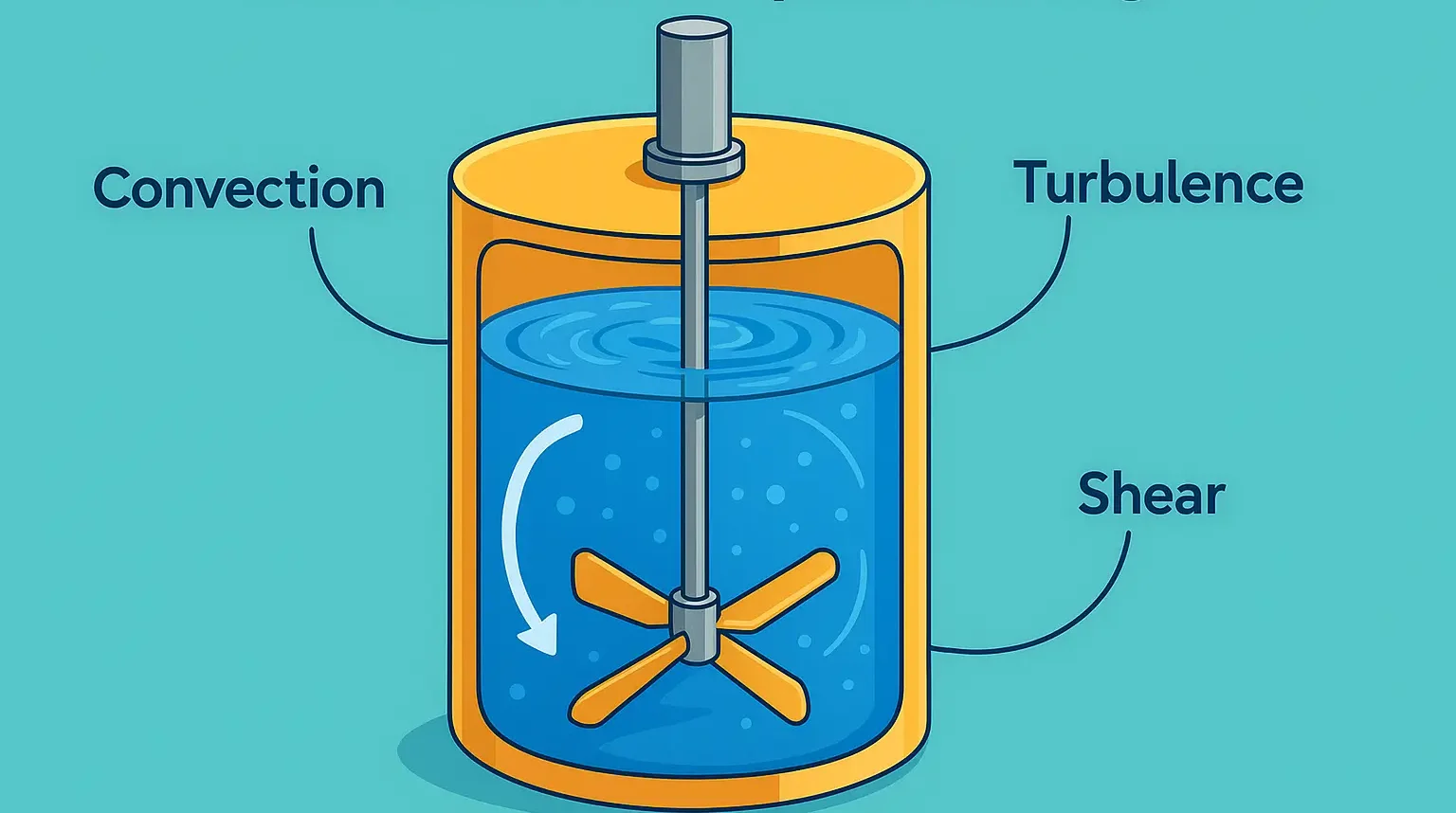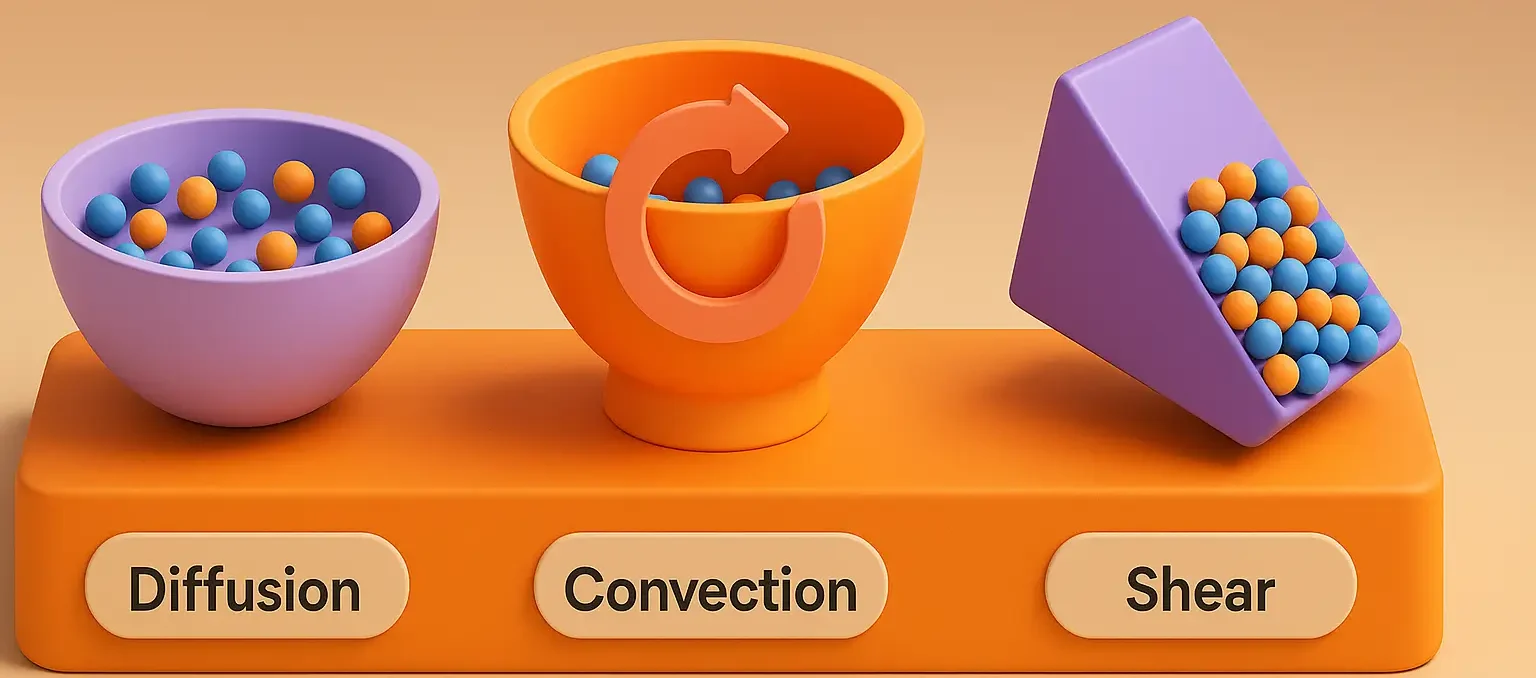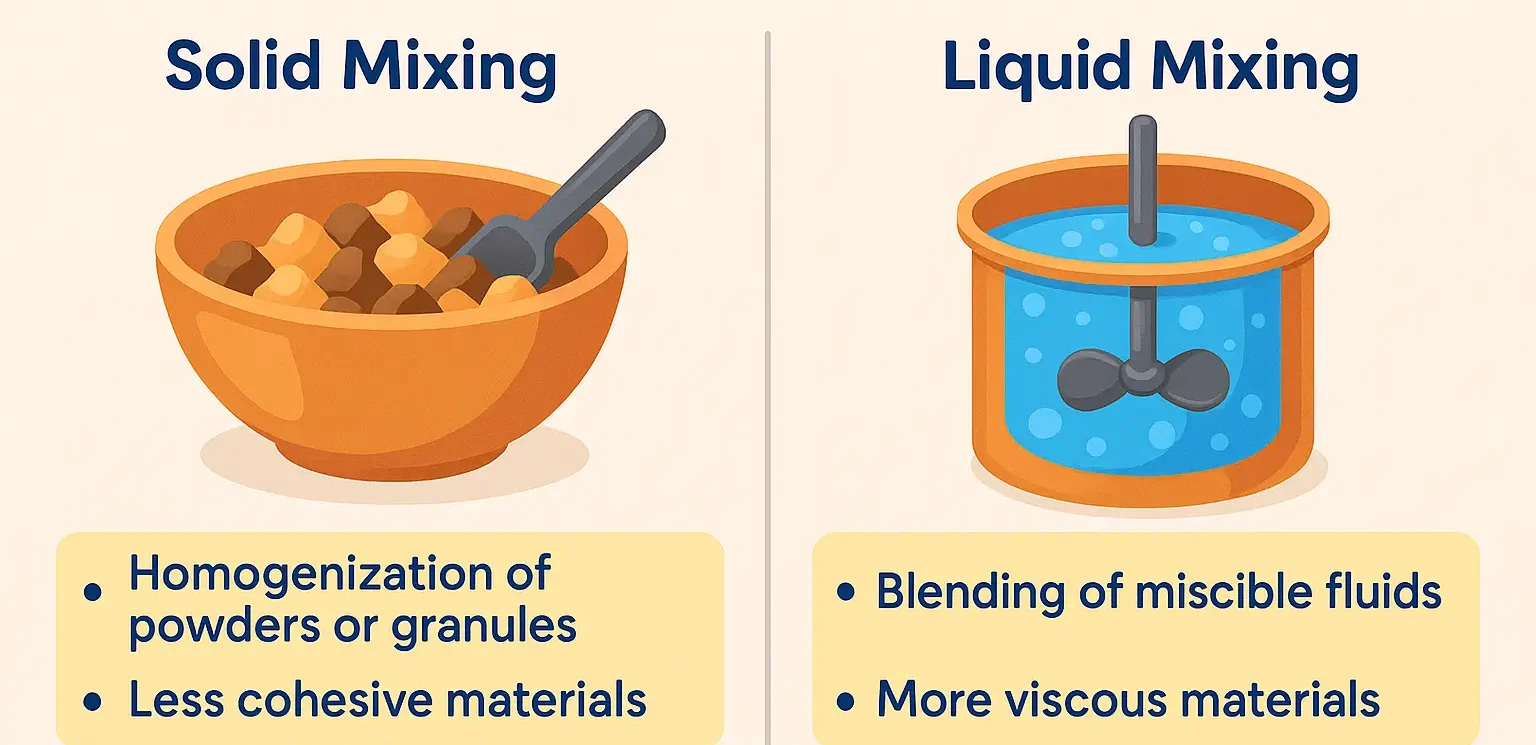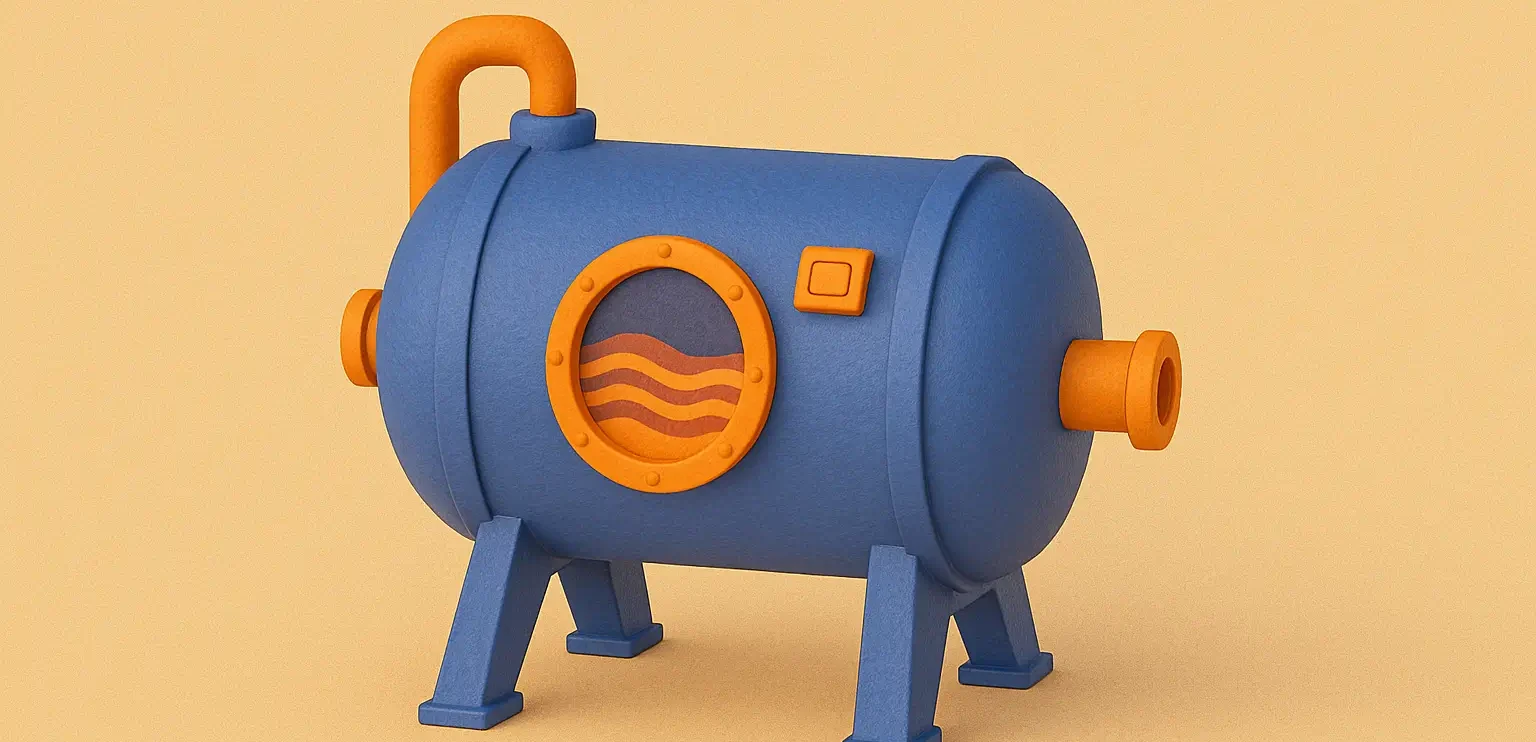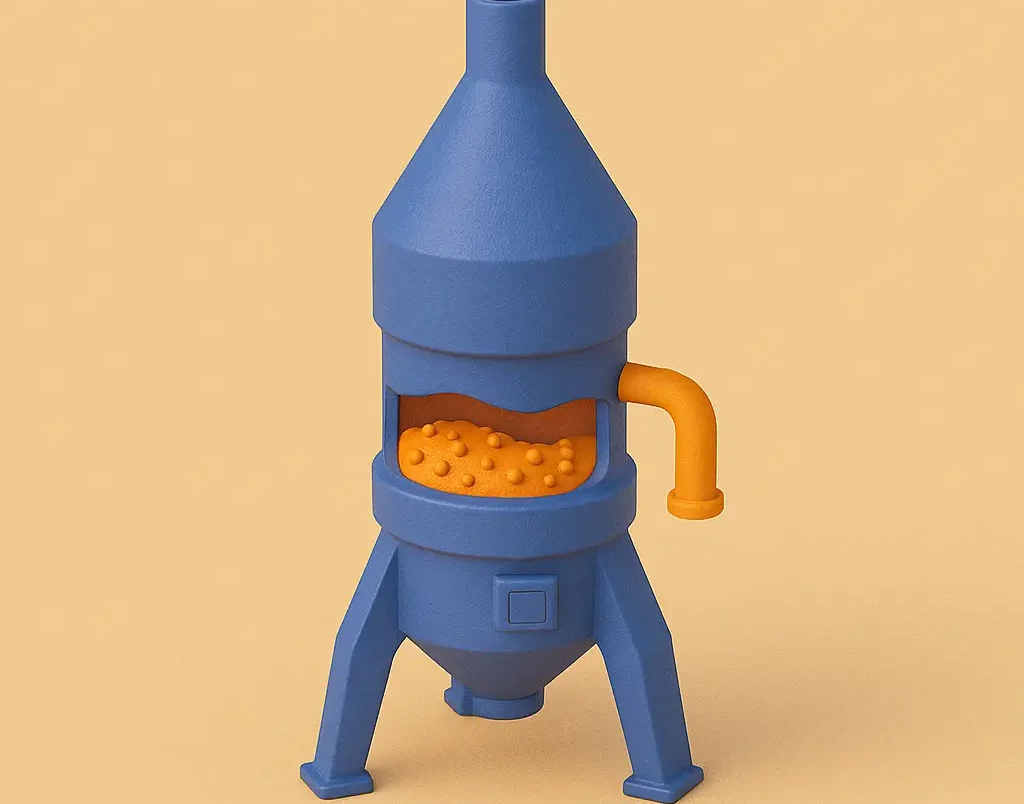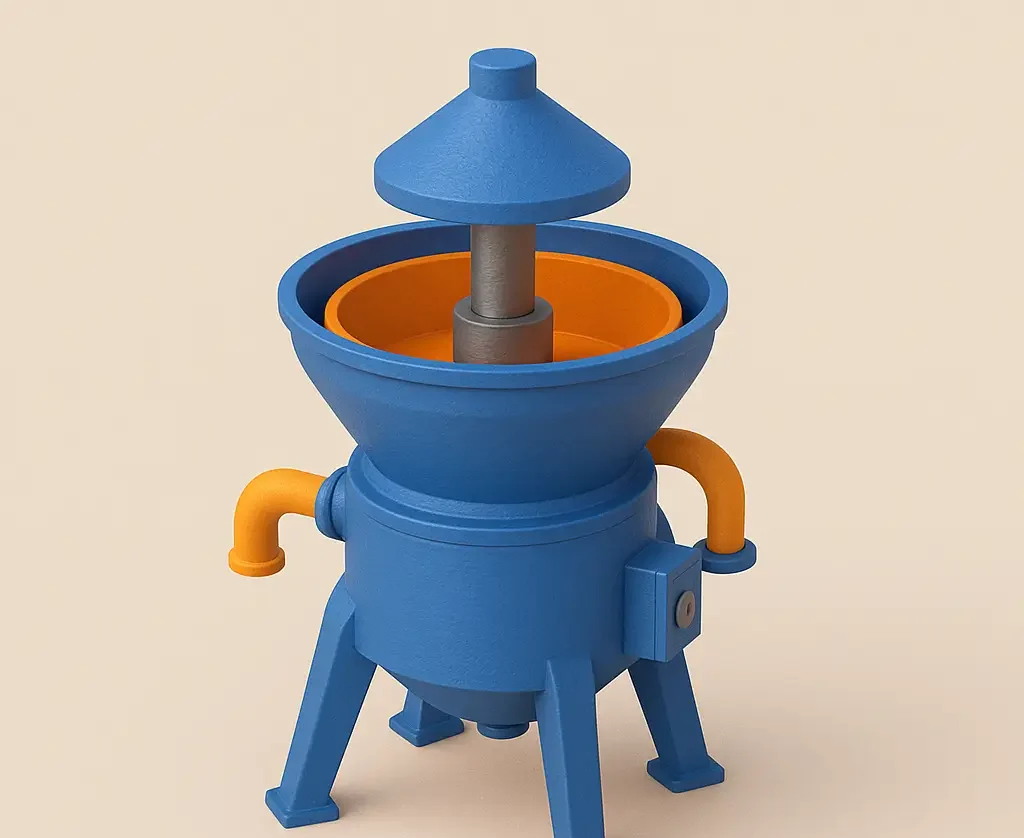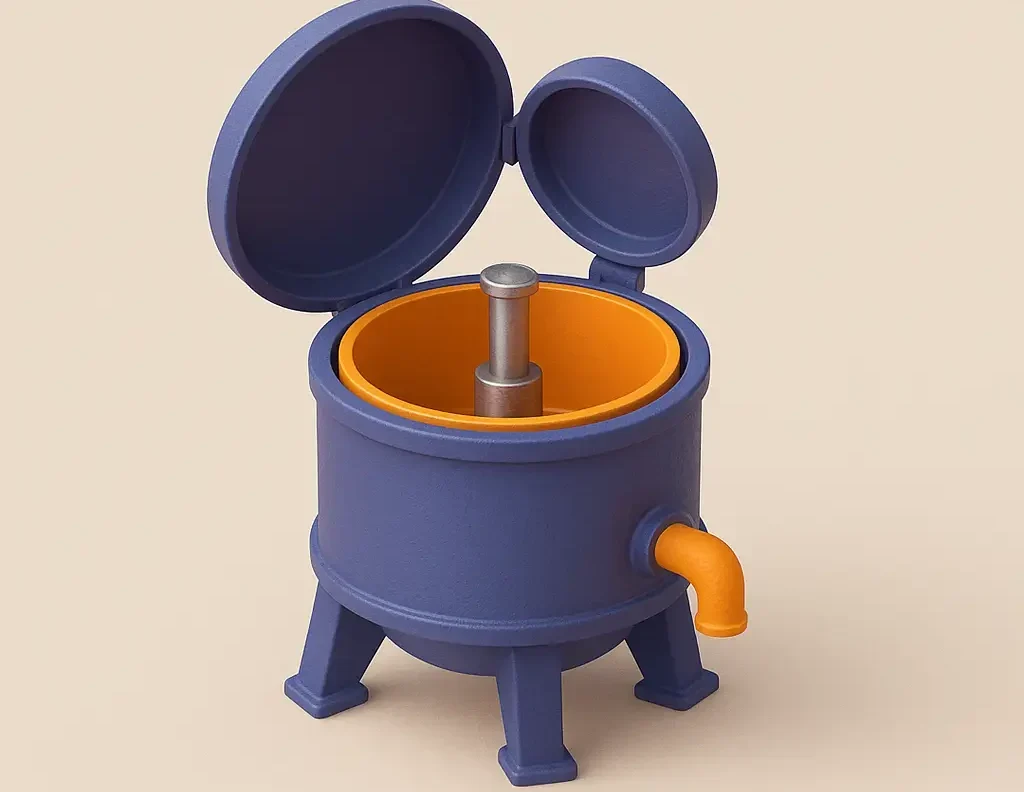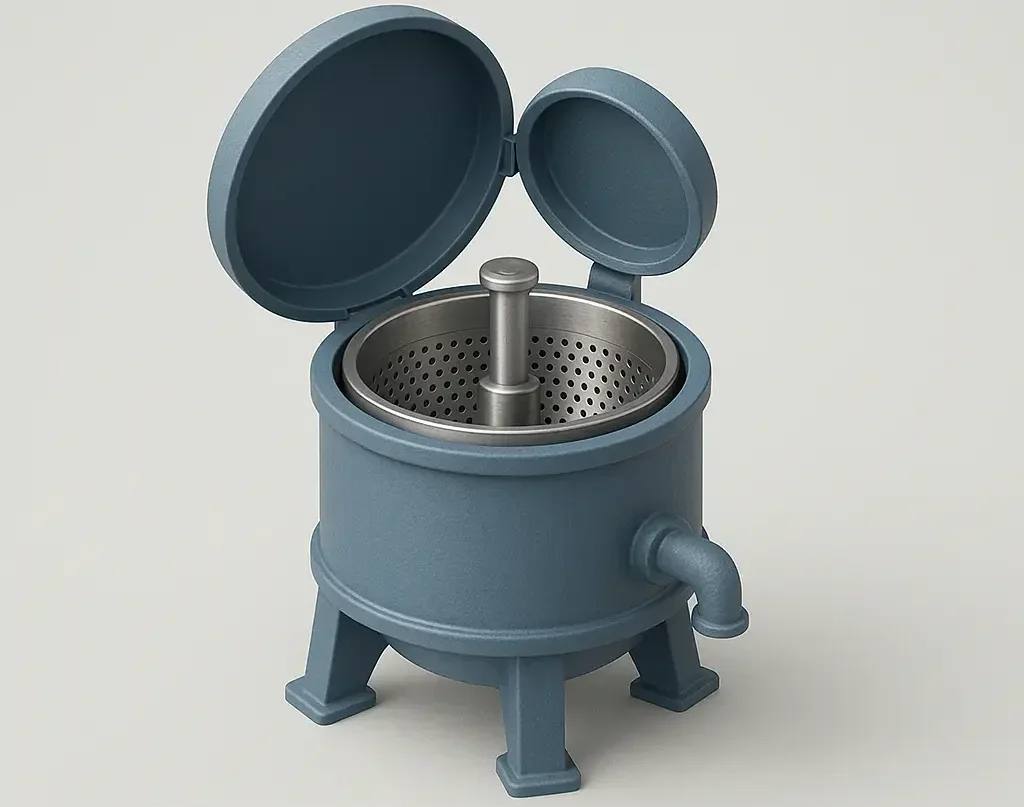Mechanism of Semisolid Mixing
Semisolid mixing combines aspects of both solid and liquid mixing due to the intermediate nature of semisolids (e.g., creams, pastes, gels): Convective Mixing: Similar to solid mixing, involving bulk movement but adapted to the higher viscosity of semisolids. Shear Mixing: Applying shear forces using equipment like planetary mixers, sigma blade mixers, or kneaders. This is … Read more

